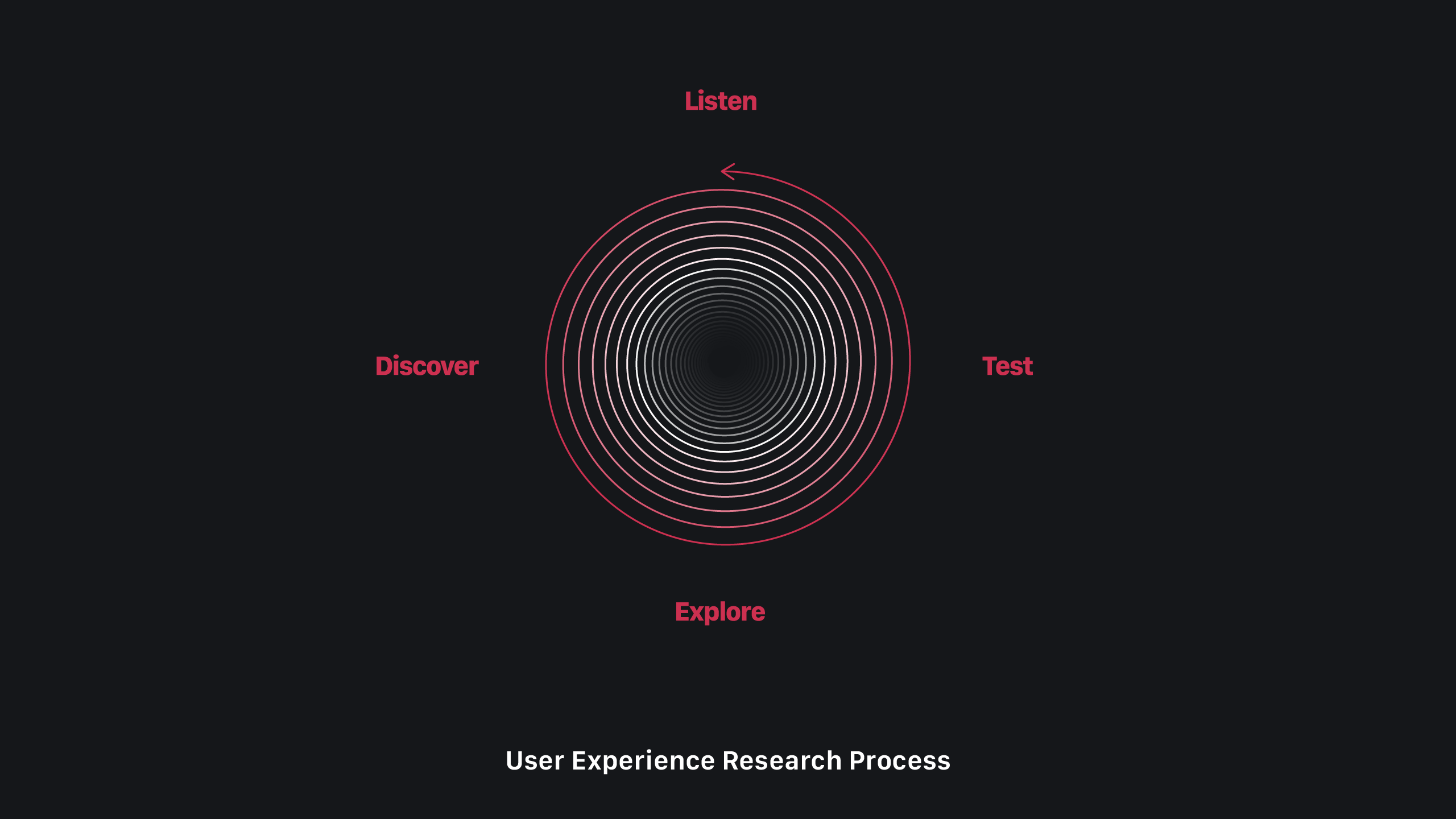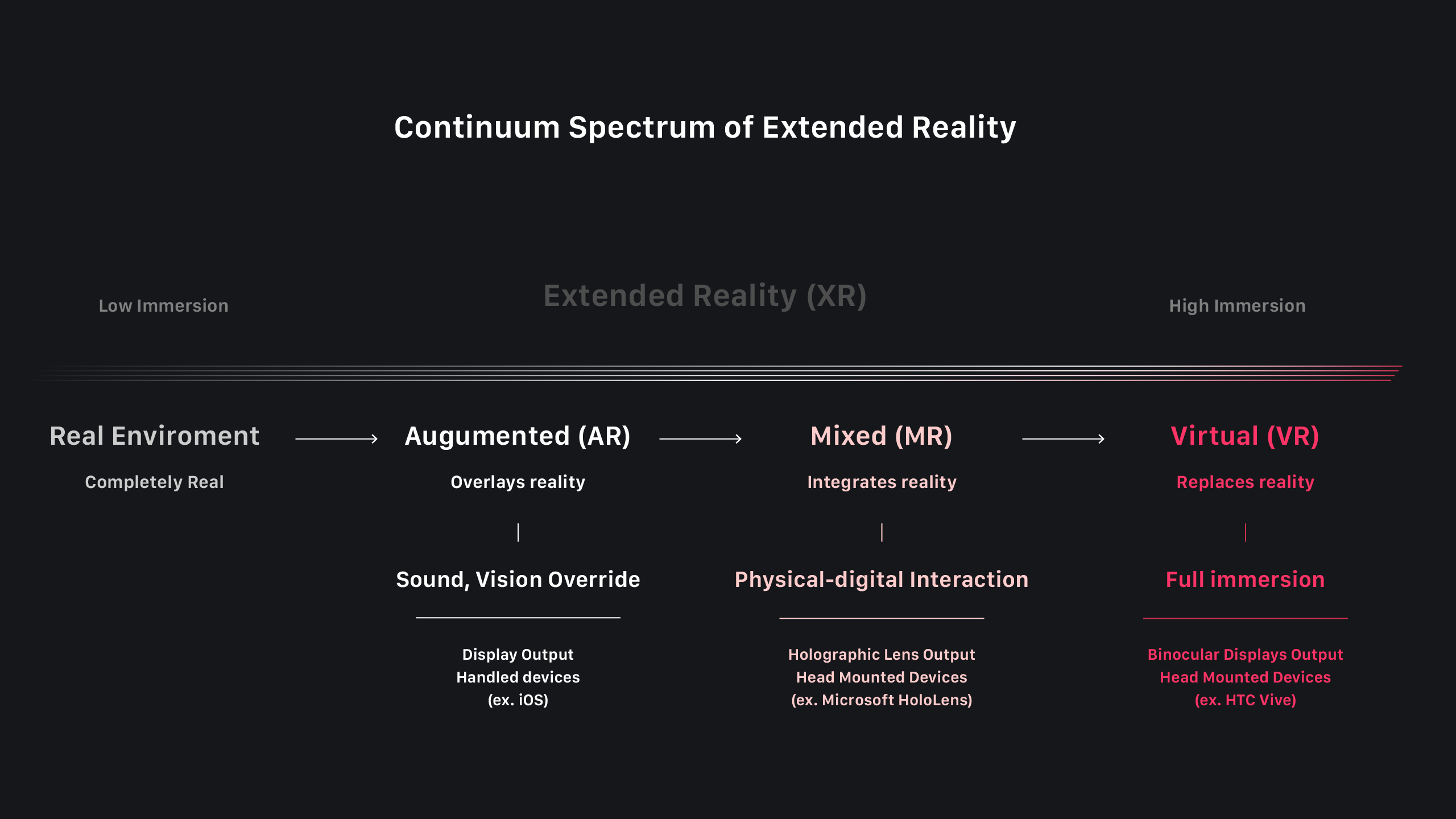
Embracing Extended Reality (XR): visionOS challenges
Discover challenges in XR’s design and UX, signaling a transformative shift, navigating responsive design complexities, and immersive interface innovations.
At WWDC 2023, Apple unveiled the Vision Pro, representing the company’s inaugural venture into fully self-supervised hardware development. The culmination of a seven-year developmental endeavor, this device is distinguished by its incorporation of cutting-edge technology and a distinctive design.
Its introduction has already elicited considerable attention from the media and enthusiasts. Tim Cook has heralded it as a groundbreaking product with immense potential for end-users and developers. This milestone marks a pivotal moment, appealing to creative minds, developers, and researchers to embark on new explorations in Extended Reality (XR) and immersive experience.
Designed with accessibility in mind, supporting interactions through various means, including eyes, voice, or a combination thereof, Apple Vision Pro encompasses an extensive spectrum of immersion, including 3D apps and games, with users having the freedom to engage with these applications while maintaining a connection to their real-world surroundings or completely immersing themselves in virtual environments.
This flexibility allows for transitions between windowed experiences and fully immersive 3D settings, a truly versatile platform for creating immersive 3D backgrounds and applications with a strong emphasis on accessibility (Discover visionOS - Apple).

Embracing XR technology holds significant implications for future aspects of society and industry (A Review of Extended Reality (XR) Technologies in the Future of Human Education: Current Trend and Future Opportunity). Here are some potential implications:
- Accessibility
- Cybersecurity
- Design and Engineering
- Economic Opportunities
- Education and Training
- Enhanced User Experiences
- Environmental Impact
- Entertainment
- Fashion
- Healthcare
- Privacy and Ethical Concerns
- Retail and Marketing
- Social Interaction
- Workplace Collaboration
Yet, what exactly constitutes an immersive experience, and how do we define Extended Reality?
Extended Reality
Extended Reality solutions are computer-generated immersive environments that provide a spectrum of experiences, including augmented reality, mixed reality, virtual reality, and XR blended. Software development of XR systems has evolved from traditional backgrounds of both game development, as well as computer programming. While many conventional human-computer interaction techniques can be used to design and implement XR systems, there are unique design and implementation considerations that must be addressed.
Handbook of Human Factors and Ergonomics, Fifth Edition. Chapter 30 - Extended Reality (XR) Environments
Let’s take this timely opportunity to reevaluate UX, the holistic assessment of user interactions and satisfaction with a product or service, and to reexamine our position in the realm of XR. This technology combines virtual reality (VR) and augmented reality (AR) to create immersive digital experiences.
Ronald T. Azuma accurately distinguishes between Augmented Reality (AR) and Virtual Environments (VE), commonly known as Virtual Reality; this crucial difference highlights how AR complements and enhances reality rather than entirely substituting it.
Augmented Reality (AR) is a variation of Virtual Environments (VE), or Virtual Reality as it is more commonly called. VE technologies completely immerse a user inside a synthetic environment. While immersed, the user can- not see the real world around him. In contrast, AR allows the user to see the real world, with virtual objects superimposed upon or composited with the real world. Therefore, AR supplements reality, rather than completely replacing it.
A survey of augmented reality
User Experience (UX) is a multifaceted concept that operates as a mono-dimensional iterative spiral. It places paramount importance on how users interact with a product or service, constantly evolving and adapting based on user feedback and changing technological landscapes. In the realm of UX, every user’s journey is a continuous cycle of exploration, interaction, and refinement.
This iterative process enhances usability, accessibility, and overall satisfaction, ensuring the end user’s needs and expectations are met.

Borko Furht aptly defines a Virtual Reality (VR) system as a combination of hardware and software designed to create a Virtual Reality experience. The content within this system, referred to as a virtual world, encompasses various elements, such as object models, their corresponding behavioral descriptions for simulation, and their spatial arrangement. When this virtual world is presented through a VR system, it transforms into a virtual environment catering to one or more users, exemplifying the immersive nature of VR technology.
We call a VR system a computer system consisting of suitable hardware and software to implement the concept of Virtual Reality. We call the content represented by the VR system a virtual world. The virtual world includes for example, models of objects, their behavioral description for the simulation model, and their arrangement in space. If a virtual world is presented with a VR system, we speak of a virtual environment for one or more users.
Handbook of Augmented Reality
Extended Reality (XR), on the other hand, thrives within a Continuum Concept. XR is an umbrella term encompassing various immersive technologies, such as Virtual Reality (VR), Augmented Reality (AR), and Mixed Reality (MR) (Augmented reality: A class of displays on the reality-virtuality continuum. Telemanipulator and Telepresence Technologies). XR represents a vast spectrum of experiences seamlessly blending the real and virtual worlds. Within this continuum, users can traverse from authentic environments to entirely virtual ones and anywhere in between. It provides a dynamic and adaptable framework that accommodates diverse experiences, catering to different user needs and scenarios, from immersive gaming to interactive professional applications.
The Reality-Virtuality Continuum is a vital concept to illustrate the spectrum of immersion, blending the tangible real world (reality) with the computer-generated virtual realm (virtuality). It’s frequently applied in the context of technologies such as Augmented Reality (AR), Virtual Reality (VR), and Mixed Reality (MR).

The underlying principle guiding this terrain is that even the most unconventional interactions can yield surprisingly gratifying outcomes when thoughtfully combined and rigorously tested. The key to unlocking creative potential within immersive experiences lies in direct, physical gestures triggering purposeful actions, thus paving the way for many opportunities. While these concepts may appear whimsical, they are simultaneously enjoyable and inspirational, encapsulating the essence of what Extended Reality (XR) represents – a playground for the intellect (Roadmapping Extended Reality: Fundamentals and Applications).
A fundamental shift occurs when transitioning from conventional mobile and web platforms to Spatial Computing: for years, UX/UI designers in the mobile and web domains have grappled with the intricate challenge of responsive designs, ensuring consistent user interactions across various screen formats, sizes, and resolutions.
However, the complexity of responsive design takes on a new dimension in the context of extended reality (XR), particularly when aspiring to maintain uniformity between handheld devices, such as tablets and wearables, like glasses, all interacting with the same spatial environment.
Designing for immersive technologies such as 3D, 4D, and even 5D environments presents unique challenges in creating natural, buttonless interfaces. The shift towards user interfaces that feel intuitive and seamless is crucial for enhancing immersion into a new paradigm of presence and proxemic relationships.
In immersive experiences, such as virtual reality, the level of presence experienced is contingent upon the extent to which the brain embraces the sights, sounds, and sensations as accurate. In simple terms, the more the sensory stimuli are accepted as genuine, the more profound the sense of presence becomes. Understanding “presence” is critical for crafting immersive environments that blur the lines between the real and the virtual (MetaWelt: Embodied in Which Body? Simplex Didactics to Live the Web 3.0).
Proxemic relationships (Effect of Social Settings on Proxemics During Social Interactions in Real and Virtual Conditions) are the complex interplay between human perception and personal or public spaces. This concept elucidates how individuals experience comfort, privacy, and interpersonal dynamics depending on the physical distances that separate them from other individuals or objects. In environmental design, proxemic relationships influence occupants’ emotions and comfort levels within a given space. Whether a space feels intimate and personal or open and public hinges upon our understanding of proxemic relationships, and this knowledge is pivotal in effectively designing environments that cater to specific emotional and behavioral needs.
Navigating these worlds requires interfaces that harness the power of avatars and natural interaction methods like gaze, gestures, and voice control. The design process in these dimensions must prioritize user experiences that empower individuals to engage with digital environments on a profound level, all while minimizing reliance on traditional input devices like buttons. These evolving design challenges demand a deep understanding of human-computer interaction and a commitment to crafting interfaces that seamlessly bridge the gap between the real and digital worlds.
Conclusion
The introduction of Apple’s Vision Pro at WWDC 2023 represents a significant leap forward in Extended Reality (XR). Beyond its technological marvel, this device serves as a clarion call to innovators, creators, and researchers to embark on a journey of discovery and creativity in XR. The potential implications of XR are profound and multifaceted, touching virtually every aspect of our lives.
The versatility of XR extends from enhancing user experiences to revolutionizing education, healthcare, retail, and entertainment. It also holds promise for enhancing workplace collaboration and accessibility, addressing privacy and ethical concerns, and fortifying cybersecurity measures. Moreover, the economic opportunities spawned by XR, its environmental impact, and its influence on fashion trends are all part of the transformative landscape.

